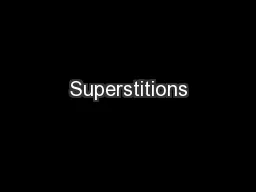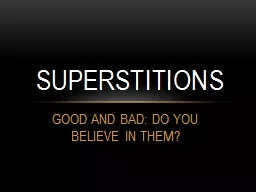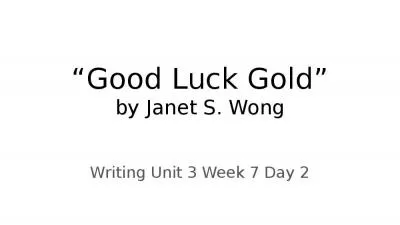PPT-GOOD LUCK
Author : pasty-toler | Published Date : 2018-01-16
WRESTLERS amp BASKETBALL PLAYERS GO PANTHERS INFLATION Chapter 11 Section 2 You may have heard relatives talk about the good old days when a dollar would buy something
Presentation Embed Code
Download Presentation
Download Presentation The PPT/PDF document "GOOD LUCK" is the property of its rightful owner. Permission is granted to download and print the materials on this website for personal, non-commercial use only, and to display it on your personal computer provided you do not modify the materials and that you retain all copyright notices contained in the materials. By downloading content from our website, you accept the terms of this agreement.
GOOD LUCK: Transcript
Download Rules Of Document
"GOOD LUCK"The content belongs to its owner. You may download and print it for personal use, without modification, and keep all copyright notices. By downloading, you agree to these terms.
Related Documents














